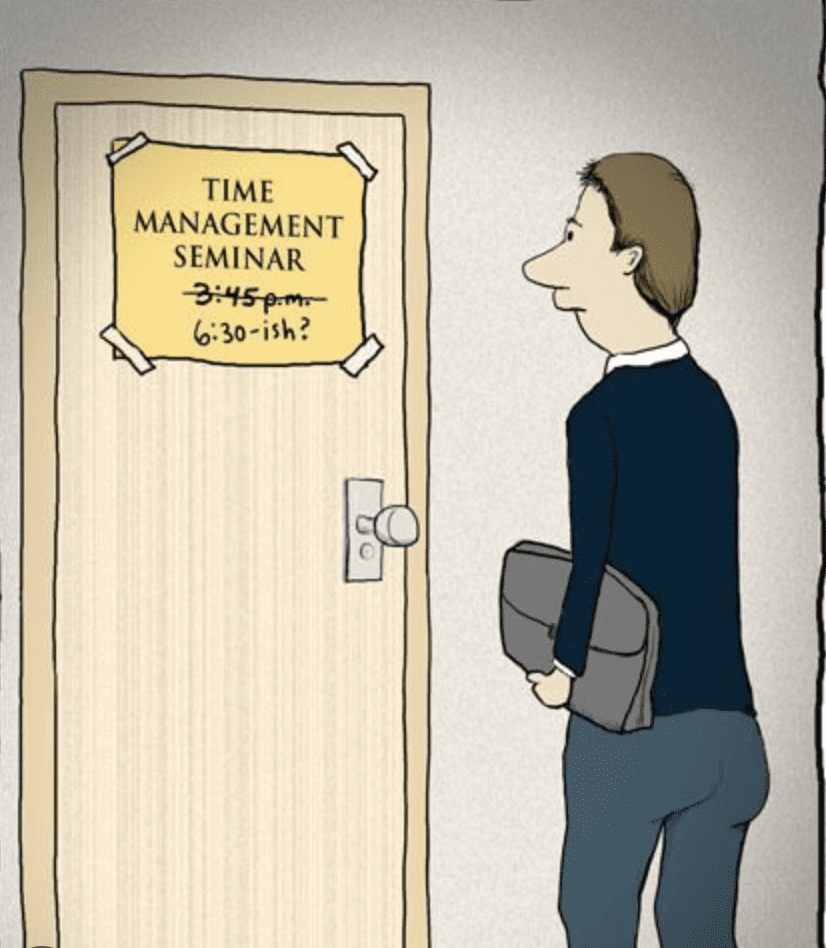Explore the Michelle Ostrove Blog
Voices are as distinct as our faces, everyone is uniquely different; no voice is exactly alike. How the sound is transmitted when you sing is vocal acoustics. The vocal resonance can be described as the attributes and qualities of a voice. The sound, whether it be bright or darker is the resonance. The vocal qualities are affected by harmonic structure, frequency vibration of the vocal cords, timbre, power and flexibility. The word acoustics, in general, is the science of production,…
Read MoreWhen you sing, you form vowel sounds adjusting the soft palate, tongue, jaw and lips. All of these elements (which are called articulators) impact the shape of the vocal tract. There are thousands of vowels sounds in the world’s languages. Paying attention to the vowel sound is something all singers should practice. Each method of singing requires a different approach in pronouncing the vowel sounds. For instance, in classical and choral music there is a pure vowel sound. Unlike pop,…
Read MoreThere are a few different techniques used to create a unique vocal sound. The pop, soul, R&B, rock, jazz, blues, electronic dance, hip-hop, funk and country genres all use these techniques. There are four techniques used to create an edgy vocal sound: the vocal fry, diphthong, unique pronunciation and breathiness. The first technique is called the vocal fry. It is used to create a sultry and raspy sound. You can create this sound by bringing the vocal cords together loosely,…
Read MoreAs an artist, you need to have a musical identity, distinctive and memorable. Think about Elton John, Beyonce, Taylor Swift or Shawn Mendes, they all have distinct musical identities. Explore your own musical influences, know your strengths and weaknesses, and look at the different elements in other artists that works for you. When exploring musical influences, pick out a few of your favorites and think about what you like and don’t like about them. Figure out what songs work for…
Read MoreThe chest register refers to the natural manner of action of the vocal folds. Your speaking voice is usually done in this register. When singing in the chest voice, you will feel more vibration in your lower neck and sternum area. Strengthening your chest voice can be done in many ways. Here are four types of exercises that will strengthen the lower register. It can be more challenging for a woman to sing in her chest voice. Strengthening your chest…
Read MoreEveryone wants results, but it takes time and effort to accomplish your goals. It is a daily mindset, managing your time and your life. Here are five steps to help you accomplish your goals: self-control, setting deadlines, sticking to a daily schedule, focus and having a purpose. First, set your goals, write them out, short-term and long-term. It’s important to write them out and look at them daily. If you want to be a singer, songwriter, musician in a band,…
Read MoreIt’s important to have a presence on stage which lets the audience know that you are confident. The emotion and the energy you create in a performance is done with your body language and inner energy. Energy is created by transforming the way you feel and think about your performance, in that very moment. You need to recognize how you really feel before and during a performance. What is going through your mind? Just close your eyes, take a slow…
Read MoreTrying to capture the emotions of a song comes easily to some singers, but some it’s a struggle. If you are the type of person who does not show much emotion and you’ve learned to stop feeling emotions, this will not be easy for you. You need to care about the meaning of what you are singing. If you cannot connect to the song, the audience will not connect with you. Choose the right songs and make sure the songs…
Read MoreEvery singer should know their vocal range and their voice type. Finding your vocal range is done with a piano or keyboard. A professional vocal coach can help you find your range as well. Here is how you can find your vocal range. You can start with Middle C, which is the fourth C. If you start all the way to the left of the piano and count four C’s in, that is middle C. Now start slowly going down…
Read MoreHow do you get a brighter vocal sound? What is a bright singing voice. Children’s voices are natural higher and brighter than adults. Sopranos and tenors tend to have brighter voices than altos and basses. Many professional singers rely on the sound engineer to brighten their vocals by cutting lower frequencies and boosting high-frequencies. But there is a way to make any voice naturally brighter! You can make your voice brighter by the shape of your mouth. If you smile…
Read More







